In our increasingly noisy world, finding genuine quiet has become not just a luxury but a necessity for mental well-being. True silence—the kind that allows you to hear your own thoughts and the subtle sounds of nature—has become so rare that it’s now considered a vanishing natural resource.
Here is a list of 18 destinations where silence isn’t just possible but probable—places where you can escape the constant hum of modern life and rediscover the clarity that comes when background noise fades away.
Olympic National Park’s Hoh Rain Forest, Washington

Deep within this temperate rainforest lies what acoustical ecologists have designated as one of the quietest places in the continental United States. The “One Square Inch of Silence” project identified this spot where natural sounds prevail over human-made noise.
The dense moss covering trees and the forest floor absorbs sound waves, creating an almost supernatural quiet broken only by occasional birdsong or raindrops. Hiking the Hall of Mosses trail early on a midweek morning provides the best opportunity to experience this rare acoustic environment, where the absence of human sounds creates space for noticing nature’s subtle voices.
Boundary Waters Canoe Area Wilderness, Minnesota
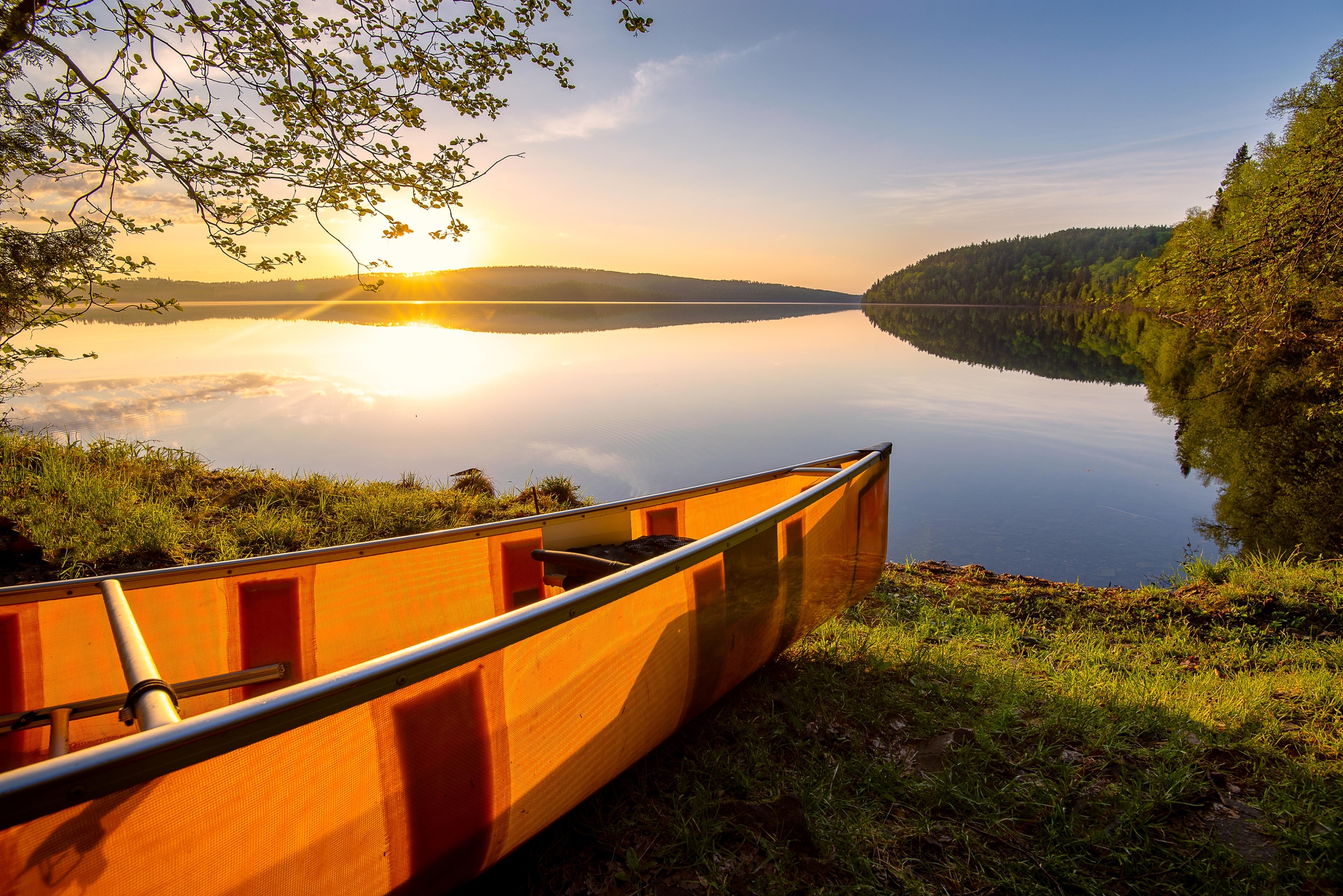
A million acres of pristine lakes and forests create one of America’s most profound silence sanctuaries. The ban on motorized vehicles (with few exceptions) means that once you’ve paddled a few miles from entry points, the hum of modern life disappears completely.
Winter visits offer even deeper silence as snow blankets the landscape, absorbing ambient sounds and creating a stillness that feels almost tangible. Many visitors report that their first-night camping here reveals how accustomed they’ve become to constant background noise—the silence initially feels almost uncomfortable before becoming deeply restorative.
Like Travel Pug’s content? Follow us on MSN.
Great Basin National Park, Nevada
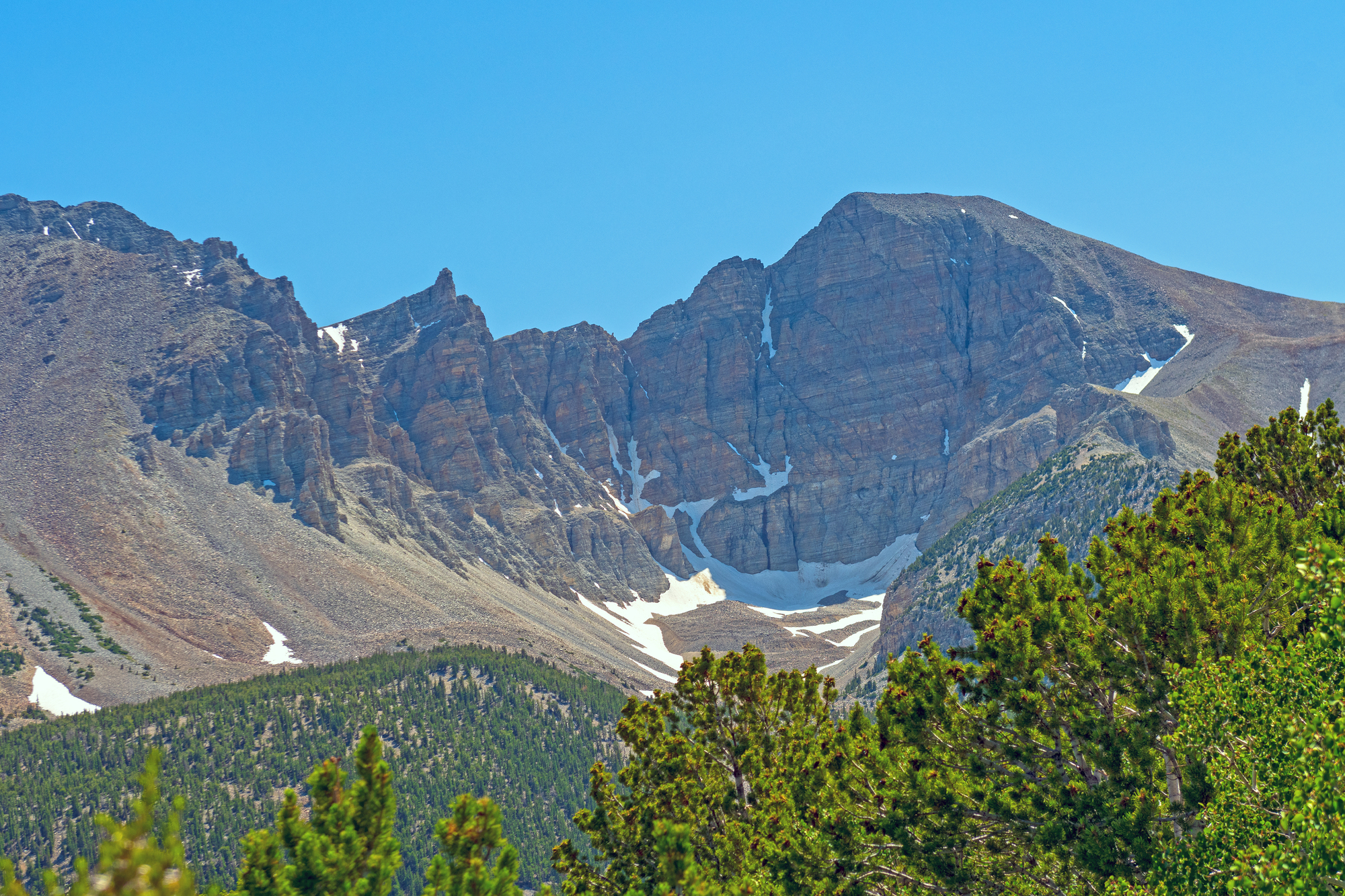
Its remote location, far from major population centers and transportation corridors, makes this park among America’s least visited despite its spectacular attractions. The absence of light pollution has earned it International Dark Sky status, but equally impressive is the sound environment—particularly in winter when snow dampens what little ambient noise exists.
Hiking the Alpine Lakes Loop provides access to high mountain basins where sound travels differently in thin air, creating acoustical conditions unlike those found at lower elevations. Rangers often note that visitors initially speak in hushed tones without being instructed to do so, instinctively responding to the profound quiet.
Makgadikgadi Pans, Botswana
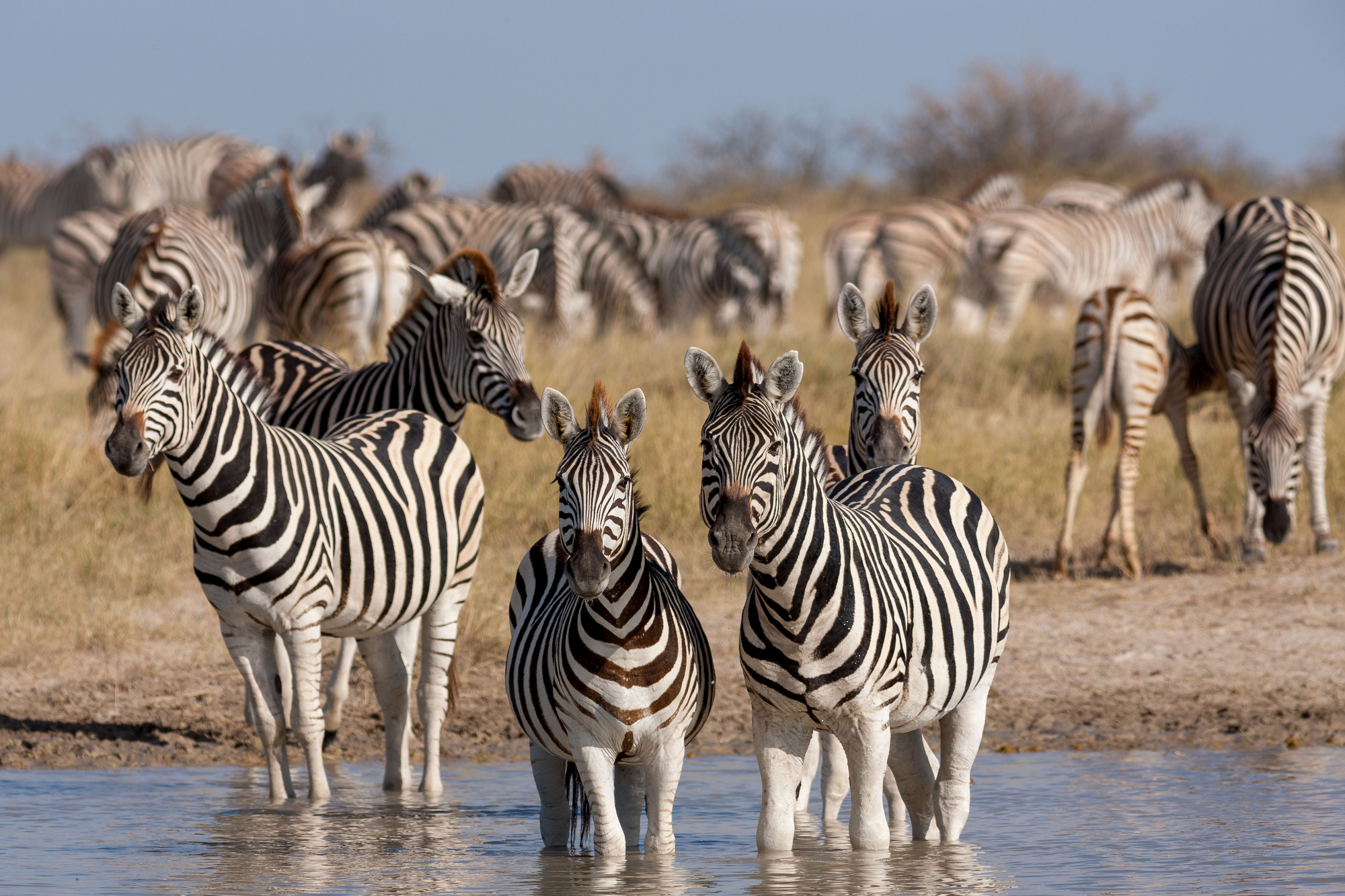
This ancient lake bed—now a vast salt flat—creates one of Earth’s most visually minimalist landscapes matched by equally minimalist soundscapes. The lack of vegetation or topographical features to block or reflect sound waves creates an acoustic environment where silence feels absolute.
Travelers often report being able to hear their own heartbeat and the blood flowing through their veins when sitting motionless on the crystalline surface. Local guides understand the value of this silence, often leading visitors far from camps and vehicles, then sitting quietly for extended periods to allow full immersion in the absence of sound.
Kalaupapa Peninsula, Molokai, Hawaii

The site of a former leprosy settlement, this isolated peninsula remains one of Hawaii’s least accessible locations—reachable only by mule train, hiking trail, or small aircraft. The difficult access has preserved both the historical site and its remarkable sound environment, characterized by the absence of vehicles and the natural sound buffer created by towering sea cliffs that block noise from the main island.
Visitors consistently report being struck by the contrast between the location’s tragic history and the profound peace that now permeates the landscape, where trade winds and ocean waves provide the primary soundtrack.
Like Travel Pug’s content? Follow us on MSN.
Cave of the Mounds, Wisconsin
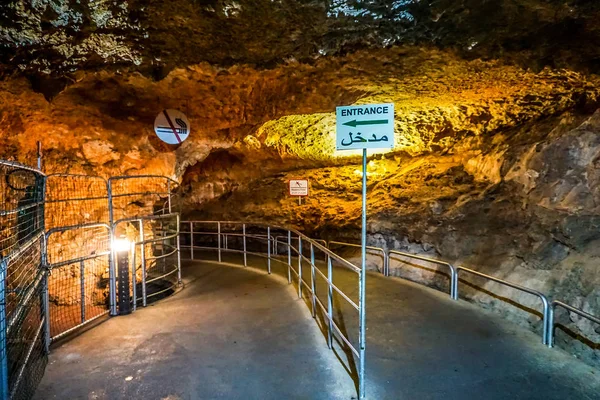
While many caves offer quiet environments, this National Natural Landmark provides particularly profound silence in sections where water features are absent. Specialized tours focused on sensory experiences include moments when all artificial lights are extinguished, and visitors experience total darkness accompanied by near-total silence.
The stable temperature and humidity create perfect conditions for sound absorption, while the depth underground eliminates outside noise completely. The cave’s limestone composition further dampens acoustic reflections, creating an environment where whispers can be heard with unusual clarity despite the absence of echoes.
Kelso Dunes, Mojave National Preserve, California
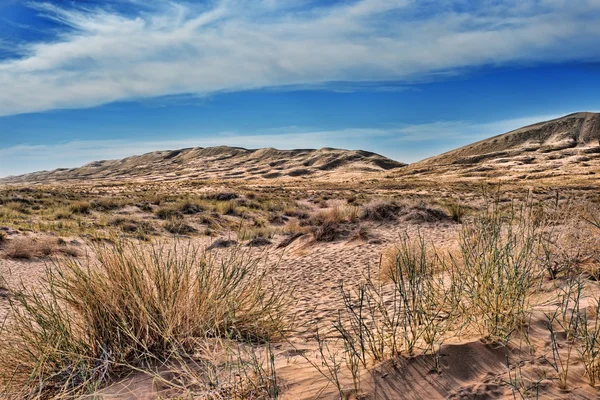
These massive sand formations absorb sound waves exceptionally well, creating natural “quiet zones” where the background noise level drops below the threshold of human hearing. The challenging hike to the summit rewards visitors with not just panoramic views but an acoustic environment unlike any other—particularly in the early morning before thermal air currents develop.
The dunes occasionally produce their own sounds when conditions are perfect—a low booming resonance created when dry sand avalanches down the steep slopes. This phenomenon, known as “singing sands,” occurs in only about thirty deserts worldwide and adds a mysterious element to the otherwise profound silence.
Denali’s Backcountry, Alaska

The vast wilderness surrounding North America’s highest peak offers silence on a scale difficult to comprehend. The park’s quota system for backcountry permits ensures that visitors can travel for days without encountering another human.
Winter transforms the landscape into an acoustic dead zone where snow absorbs ambient sound so completely that conversations can be heard from surprising distances despite the open terrain. The absence of insect noise—so prevalent in summer months—creates winter silence of exceptional quality that many visitors describe as healing. Even the impressive wildlife—from grizzlies to caribou—seem to move with deliberate quietness across the tundra.
Like Travel Pug’s content? Follow us on MSN.
Crater Lake, Oregon
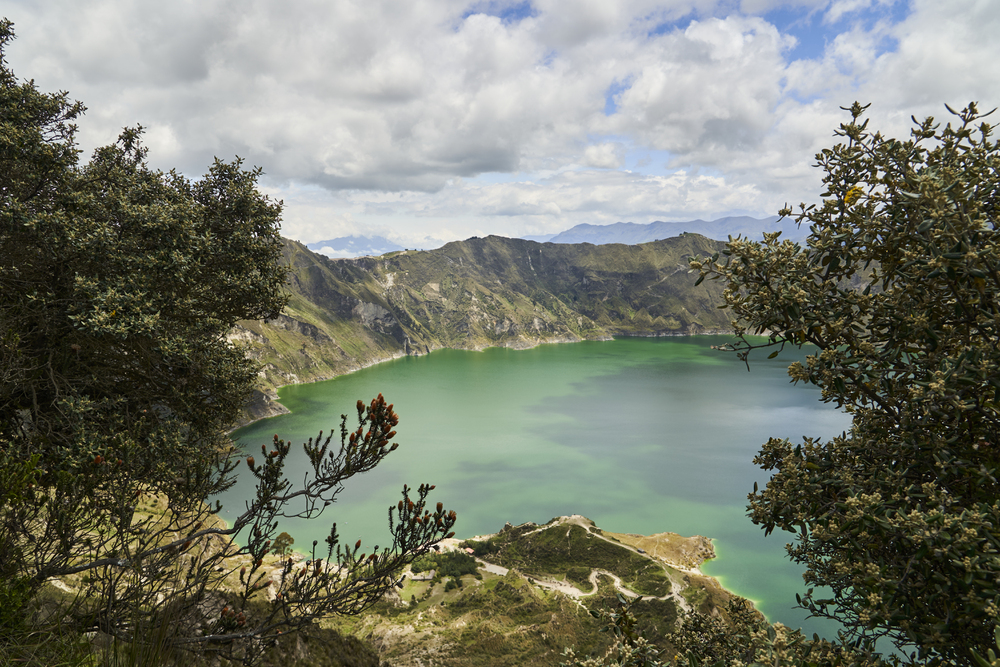
The collapsed volcanic caldera that forms America’s deepest lake creates natural sound barriers that isolate the interior from external noise pollution. Winter visits offer the most profound silence as snow accumulation often leads to road closures, dramatically reducing visitor numbers.
The lake’s extraordinary depth prevents motorized watercraft, preserving the natural sound environment dominated by wind moving through magnificent old-growth conifers. The circular shape of the caldera creates unusual acoustic properties where sounds sometimes carry across the water with exceptional clarity while others disappear completely, depending on atmospheric conditions.
Muir Woods First Light, California
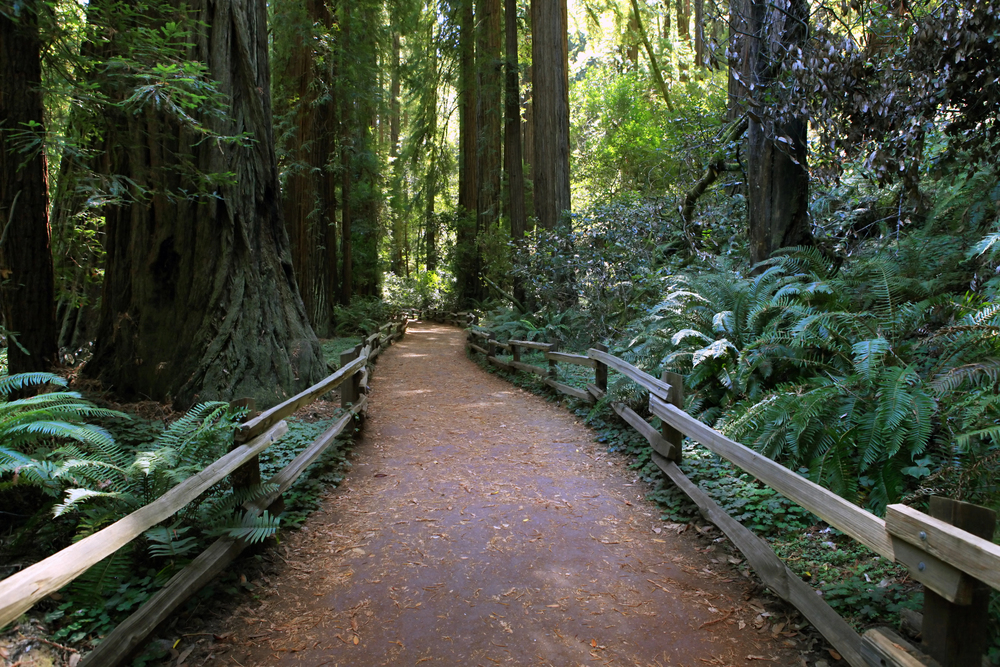
While this redwood grove near San Francisco becomes quite busy during regular hours, the National Park Service offers “Silent Saturday” programs that allow early access before standard opening times. Participants commit to complete silence during their visit, creating an almost ceremonial atmosphere among the ancient trees.
The massive trunks and dense canopy naturally dampen sound, while the thick carpet of redwood duff absorbs footfalls almost completely. The combination of intentional human silence and natural sound absorption creates an acoustic environment described by many participants as transcendent, particularly when morning fog diffuses light through the canopy.
Green Bank, West Virginia

Located within the National Radio Quiet Zone surrounding the Green Bank Observatory, this small town enforces strict limitations on devices that emit electromagnetic radiation—including cell phones, Wi-Fi, and even microwave ovens. The technical requirements for radio telescope operation have created an unintended sanctuary from modern noise pollution.
Residents have adapted to life without many modern conveniences, creating a community where conversation happens face-to-face rather than through devices. Visitors often report experiencing improved sleep and reduced anxiety after just days in this environment where electronic notifications never interrupt thoughts or conversations.
Like Travel Pug’s content? Follow us on MSN.
Carlsbad Caverns Lower Cave, New Mexico

While the main tourist sections of this famous cave system can become quite busy, specialized tours of the Lower Cave provide access to chambers where silence reaches extraordinary levels. The absolute darkness combines with the profound quiet to create a multisensory experience of absence rarely available elsewhere.
The cave’s natural sound absorption properties—enhanced by irregular surfaces that diffuse sound waves—create conditions where the human auditory system sometimes generates its own phantom sounds in response to the unusual sensory deprivation. The consistent temperature and humidity throughout the year make this a reliable, silent destination regardless of surface weather conditions.
Gates of the Arctic National Park, Alaska
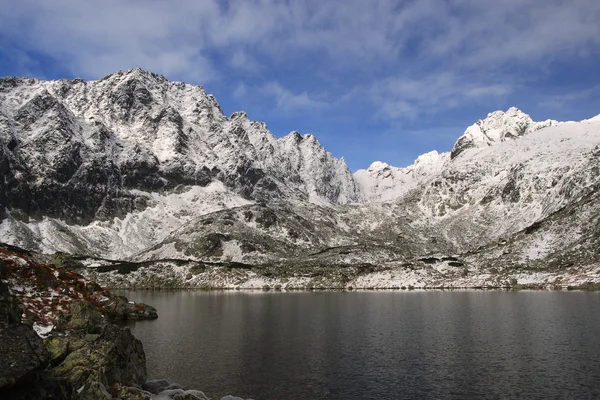
America’s northernmost national park remains one of its least visited due to the complete absence of roads, visitor facilities, or established trails. Those willing to arrange bush plane access discover a landscape where human sounds have never dominated, even historically. Winter travels by dog sled or ski create opportunities to experience silence enhanced by snow’s natural sound-dampening properties.
The park’s vast scale—larger than Belgium—ensures that visitors can travel for weeks without encountering evidence of modern civilization, creating mental space that matches the physical environment’s expansiveness.
Lake of the Woods County, Minnesota
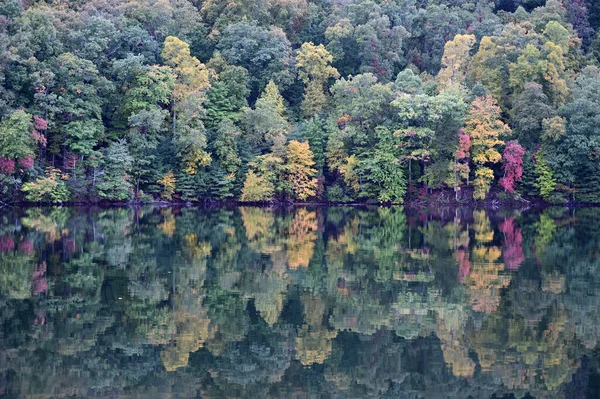
The northernmost point in the contiguous United States lies in this remote region, where more than 40% of the land area consists of water bodies. The complex shorelines create countless isolated coves and bays where motorboat noise dissipates quickly, leaving peaceful waters disturbed only by loons or the occasional fish break.
Winter transforms the landscape into an even more profound silence sanctuary, as frozen lakes eliminate wave sounds and snow-covered forests absorb what little ambient noise exists. The region’s remoteness from major transportation corridors ensures minimal aircraft overflight—one of the most persistent forms of noise pollution in otherwise quiet areas.
Like Travel Pug’s content? Follow us on MSN.
Mauna Loa’s Summit, Hawaii
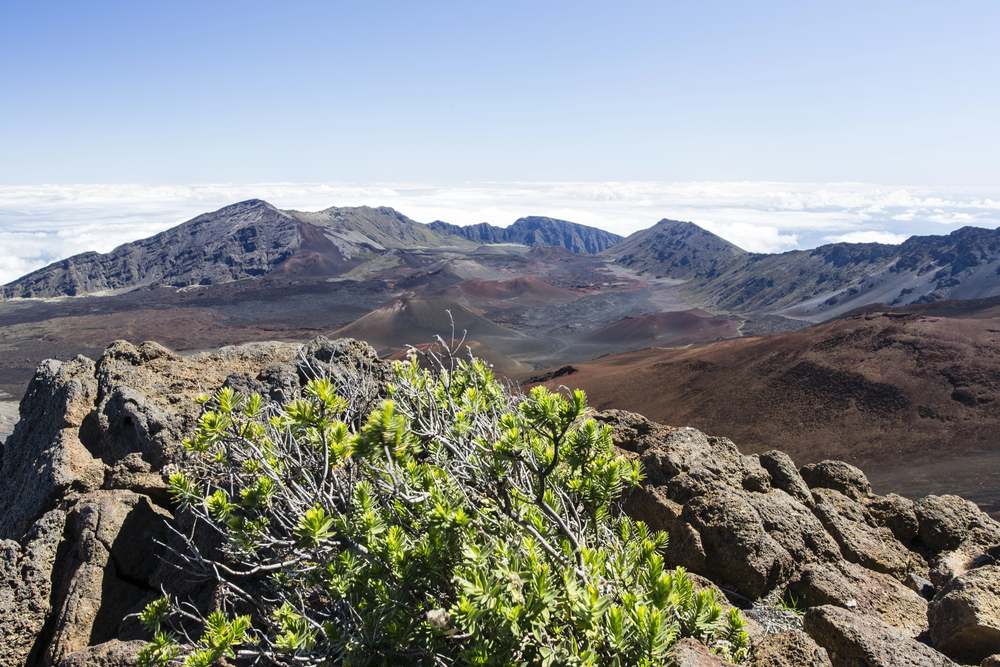
The world’s largest active volcano offers silence seekers a landscape like no other—barren lava fields where even wind noise diminishes due to the absence of vegetation to create rustling sounds. The summit area sits above most aircraft routes, eliminating the persistent background noise of jets that affects many otherwise quiet locations.
The high altitude creates thin air where sound waves travel differently, sometimes creating acoustic conditions where distant sounds seem impossibly clear while others disappear entirely. The volcano’s massive bulk shields certain areas from sounds originating elsewhere on the island, creating acoustic shadow zones of exceptional quiet.
Sage Creek Wilderness, Badlands National Park, South Dakota
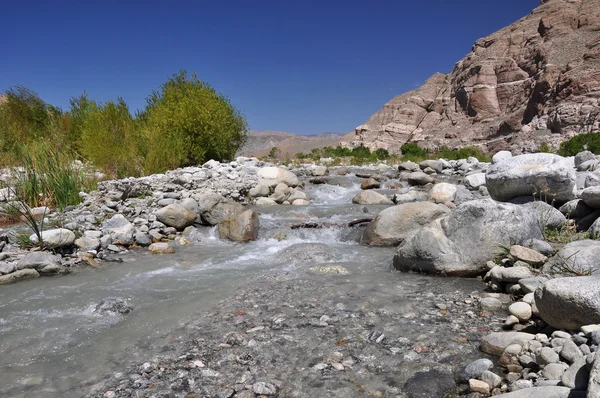
The designated wilderness area within the national park receives far fewer visitors than the scenic drive sections, creating opportunities for profound solitude among eroded buttes and mixed-grass prairie. The landscape’s open character allows visitors to spot potential noise sources—like approaching hikers—from great distances, making it possible to seek alternative locations to maintain the silence experience.
Dawn visits often coincide with temperature inversions that create unusual acoustic conditions where distant sounds become muffled while immediate natural sounds gain clarity. The absence of developed water sources requires careful planning, but further reduces visitor numbers, especially during cooler seasons ideal for hiking.
Joshua Tree’s Pinto Basin, California
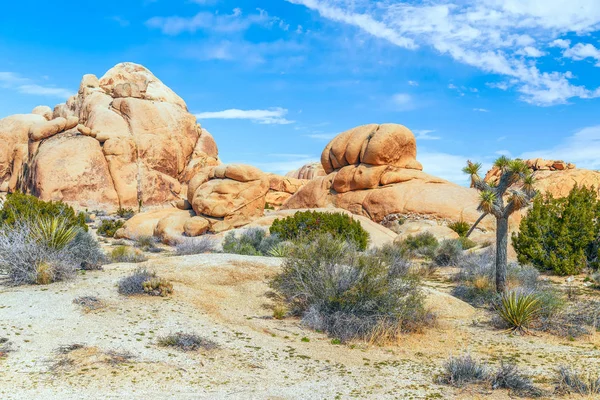
While certain sections of this desert park can become quite busy, the remote eastern section receives minimal visitation despite its extraordinary beauty. The basin’s location between mountain ranges creates a natural sound buffer from distant highways, while the vegetation pattern—dominated by creosote rather than the namesake Joshua trees—attracts fewer photographers and casual visitors.
Weekday visits during non-peak seasons often result in encountering no other humans throughout an entire day of exploration. The open landscape allows visitors to spot approaching vehicles from miles away, providing ample time to find side canyons where engine noise never penetrates.
Like Travel Pug’s content? Follow us on MSN.
Jalama Beach Off-Season, California

This remote Santa Barbara County beach requires navigating a winding 14-mile access road, creating a natural filter that discourages casual visitors. Midweek visits during winter months often result in having extensive stretches of shoreline completely to oneself, with peaceful conditions enhanced by frequent morning fog that seems to absorb ambient sounds.
The beach’s orientation creates interesting acoustic properties where ocean waves remain clearly audible while sounds from inland disappear almost completely. The absence of development along the adjacent coastline reduces light pollution, making this an excellent location for combining silence with stargazing during clear nights.
The Value of Silent Places

These destinations remind us that silence represents not merely the absence of noise but the presence of something increasingly rare—space for uninterrupted thought and perception. The physical act of traveling to these quiet places often involves disconnecting from digital communications, creating a dual silence that affects both external and internal environments.
Perhaps that explains why many visitors report that these experiences stay with them long after returning to noisier environments—the memory of genuine quiet becomes a touchstone for maintaining perspective amid the constant stimulation of contemporary life.
More from Travel Pug

- Cities Growing so Fast You Won’t Recognize Them in 10 Years
- 13 Destinations Where Tourists Regularly Regret Their Trip
- 16 U.S. Cities That Are Quietly Becoming Travel Hotspots
- Where to Travel If You Love Long Bus Rides and Daydreams
- 20 Cities Perfect for Solo Travelers Who Crave Adventure & Culture
Like Travel Pug’s content? Follow us on MSN.
